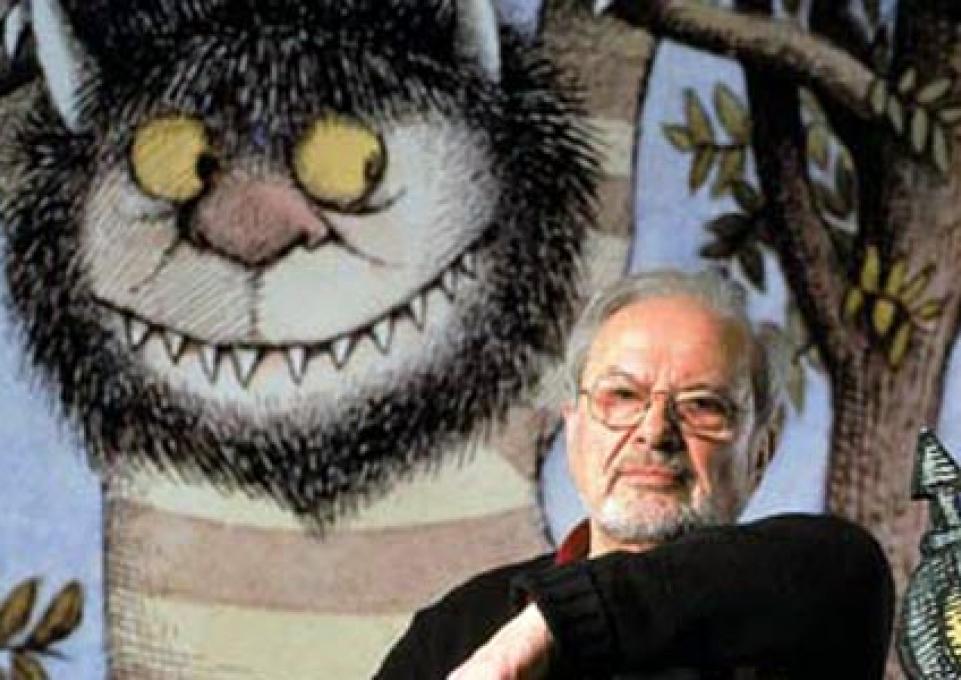
Maurice Sendak, the celebrated author and illustrator who died May 8 at age 83, enchanted generations of children with his imaginative illustrations in more than 80 books, including 19 of his own.
His most famous storybook, Where the Wild Things Are, was considered revolutionary when it was published in 1963.
Twelve years ago, Sendak also charmed the Buffalo State community when he spoke at the 2000 Academic Convocation in which he received an honorary doctor of humane letters for his contributions to children’s literature.
Anthony Chase, assistant dean for the School of the Arts and Humanities, recalled a delightful man with a keen sense of humor. Despite Chase’s efforts to tape a too-small cap onto Sendak’s head for the ceremony, the cap still slipped off during his speech, leaving pieces of duct tape in its wake. Sendak remained unruffled. In fact, the incident seemed to make him feel more relaxed and connected to the campus, said Chase, the one responsible for Sendak’s visit.
Chase first contacted the rather reclusive author two years prior.
“We realized he had never received an honorary doctorate,” Chase said, “which is often the case with celebrities of his stature.”
In first approaching Sendak, Chase had a connection. Chase’s college roommate, the now well-known set designer Ian MacNeil, had assisted Sendak in creating costumes for a performance of The Nutcracker early in his career.
That connection evolved into a correspondence and, eventually, a friendship between Chase and Sendak. Still, it took two years of cajoling before Sendak agreed to make the trip to Buffalo. He told Chase he had spoken at Yale University and had not enjoyed it.
“He found the students snooty,” Chase said. “They all brought him brand-new copies of Where the Wild Things Are to sign, seemingly, for collector’s items.”
Another caveat: The author didn’t like to fly. So Chase arranged to fly to New York City, rent a car, pick up Sendak in his home in Ridgefield, Connecticut, and drive him back to Buffalo.
Once on campus, Sendak fell in love with Buffalo State and quickly developed an affinity for the students, especially those studying education and the arts. He came from a working-class family and related to them, Chase said.
Gary Marotta, professor of history and social studies education, who served as provost and vice president for academic affairs in 2000, recalled Sendak’s description of Buffalo State students as “real.”
“He mentioned that he received many offers from elite universities and colleges to teach, but rejected them principally because he found their students to be self-absorbed,” Marotta said. “He said Buffalo State students were different.”
Prior to the convocation, Sendak gave a workshop for students in which he emphasized the importance of inciting children’s imaginations in the classroom as well as through literature. His main interest was the students, Chase recalled. None of his talks were open to the public.
“As students mobbed him with grimy, well-loved copies of his books, either used by them or their own children, you could see Maurice was pleased,” Chase said. “He felt such a connection to our students. He said, ‘This is the kind of college I want to visit, and these are the kinds of students I want to help.’”
